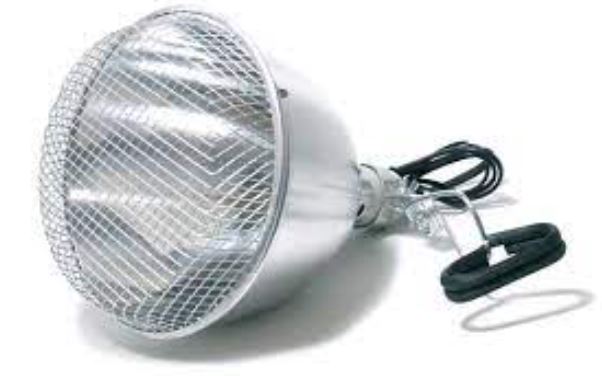A clamp can be used for lamps and lights that are set up high or out of reach. But do you know how to use a reptile light clamp?
If you find yourself struggling to keep the light in your reptile’s tank on all night, a clamp can resolve that problem.
In this article, we will talk about what a reptile clamp is, how to use it, and why you should use it.
Related Posts:
- Best Plants for Bearded Dragons You Should Know
- 7 Best Heat Lamps for Tortoise
- Top 7 Best UVB Bulb for a Sulcata Tortoise
What Is a Reptile Light Clamp?
The two purposes of a clamp are, first, to hold a light in place and, second, to adjust the height of the light so that it provides good coverage over your tank.
Most reptile lamps come with their own type of holders, but you can buy clamps made especially for aquarium use if you need something more secure.
There are also small spring-loaded wire clips that work well with some types of lamps (most floodlights).
Most clamps will be adjustable using a handle or screw near where they attach to the fixture, which makes it easy to move them up and down.
It’s best not to position lamps too high within an aquarium because this can cause problems with the heat. But by keeping them directly above your reptile, you shouldn’t experience any problems.
Where Do You Put the Reptile Light Clamp?
The clamps can be used to position the light over your terrarium and move the light up and down as desired.
You will want to position it so that your heating lamps are directly above where you would like the heat, such as basking rock or underhang.
If using a clamp with a floodlight, you’ll want to place your lamp so that it’s at least one foot away from your animal’s basking spot (the hottest part of their habitat).
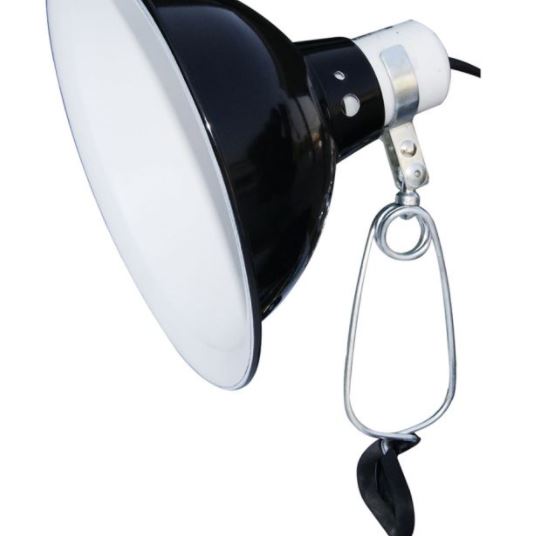
How to Use a Reptile Light Clamp?
Reptile lights are used for both heating and lighting terrariums, making them an integral part of setting up a live vivarium.
They can be found in use in both commercial and home operations.
The lamps need to be attached securely to the top of the habitat, with a means of adjustment depending on whether they’re being used for heat or light.
A basic light clamp is a simple hand tool that makes it easy to secure the lamp into place without any fuss or problems.
1. Cleaning
Always ensure that your hands are clean before preparing or using any reptile product.
If you would like to sterilize your clamps, then simply run some boiling water over them until they are nice and hot.
Allow them to dry on a paper towel (lint-free) and they’re ready for use.
2. Adjusting the Clamp
Adjust your light fixture so that it sits below or on top of the lamp, depending on whether you want to attach it for heat or lighting purposes.
Once you’ve determined where to place your clamp, simply position it and adjust until the lamp is secure.
The clamps should fit any sized light fitting from a regular household bulb up to a floodlight.
3. Placement in Terrariums
One of the most important aspects when setting up a vivarium is deciding where to position the lamps within the habitat itself.
It’s best that they are placed above all elements in order to generate the best heat.
4. Lighting Duties
If you are using clamps to light your vivarium, make sure to place them in a suitable position for this purpose.
With most types of live vivarium, it will be necessary to have both lighting and heating at the top of the habitat.
Some lamps are brighter than others, so always ensure that they’re bright enough for what you need before placing them in any permanent positions.
The main thing is that they’re not positioned too close to where your reptile sleeps, as this can cause problems during the day when the lamp isn’t giving off any heat or light.
You’ll want to ensure that if there are plants within your terrarium, then they will receive adequate lighting.
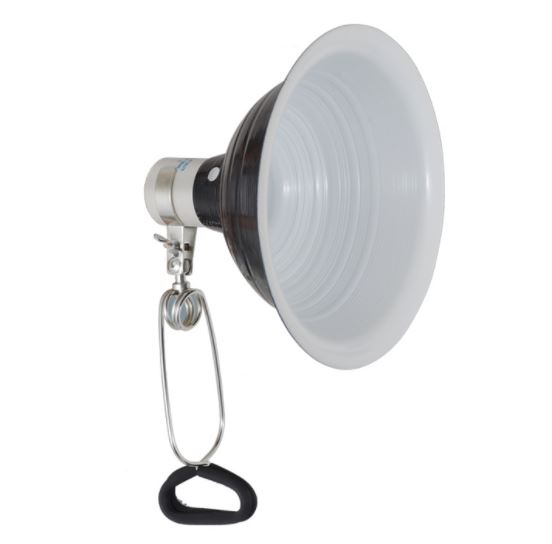
5. Temperature Requirements
It’s important to note that the type and output of heat and light your reptile needs are entirely dependent on its species.
Some may need a higher temperature than others, while some need less.
Don’t take any risks with your pets. It’s always best to read up about their specific needs before purchasing clamps for use in their vivarium.
If you’re still unsure, then ask an expert (such as staff at your local pet store).
How to Use an Aquarium Reptile Light Clamp?
A small aquarium clamp is used to hold your bulbs in place.
They are generally made out of plastic, and they work only with the small screws on standard household light fixtures.
Once you screw it around your bulb, you tighten it using the handle (you might need pliers for this).
Like most reptile products, clamps can be sterilized by boiling them or dunking them into some chemicals.
You won’t likely need to do this if you’re simply replacing an old bulb, but always try to clean it before placing it back into their vivarium.
Keep in mind that these clamps aren’t designed for high-intensity heat lamps. Use a ceramic holder instead if you plan on using those types of lights within an aquarium.
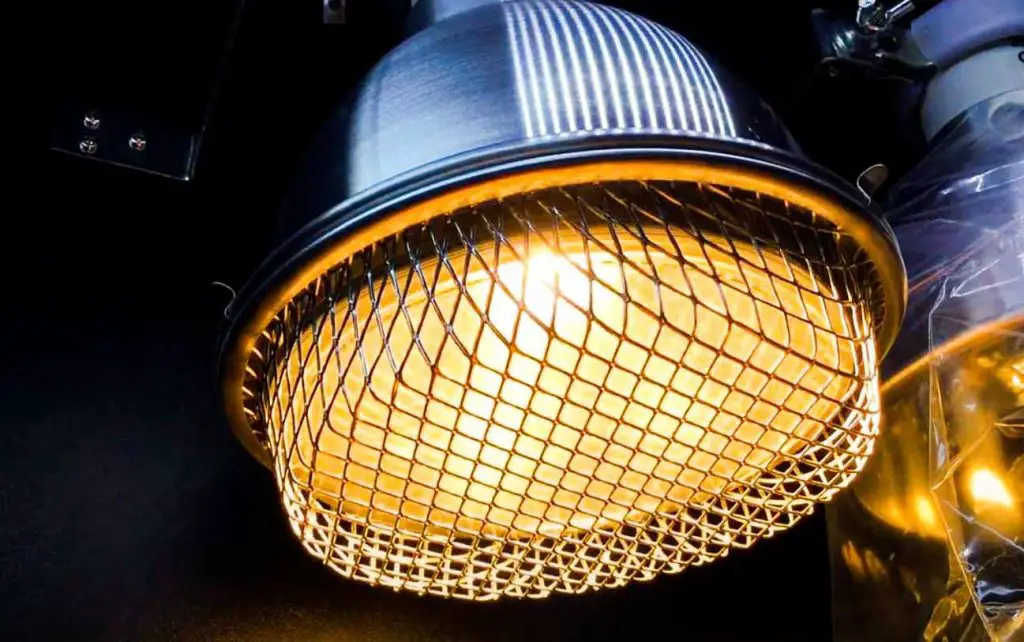
How to Sterilize a Reptile Light Clamp?
If purchasing new clamp lights, then they should be sterilized before placing them into your vivarium if they’re going to be touching any surfaces.
After removing all and inspecting them for damage, you can boil them or use a chemical to sterilize them before placing them into your aquarium.
You won’t need to sterilize clamp lights that are simply replacing old ones, but it never hurts to be sure.
Should You Protect the Reptile Light Clamp With a Glass Protective Shield?
This isn’t an issue with most small reptile lamps, but large bulbs can get very hot near the tip.
This is especially true for incandescent lights and their CFL or LED counterparts.
You should also avoid using any glass protective shields below a bulb unless they’re specifically made for this purpose.
Not all users will need these accessories though, so it’s best to read up on your specific needs before you make a purchase.
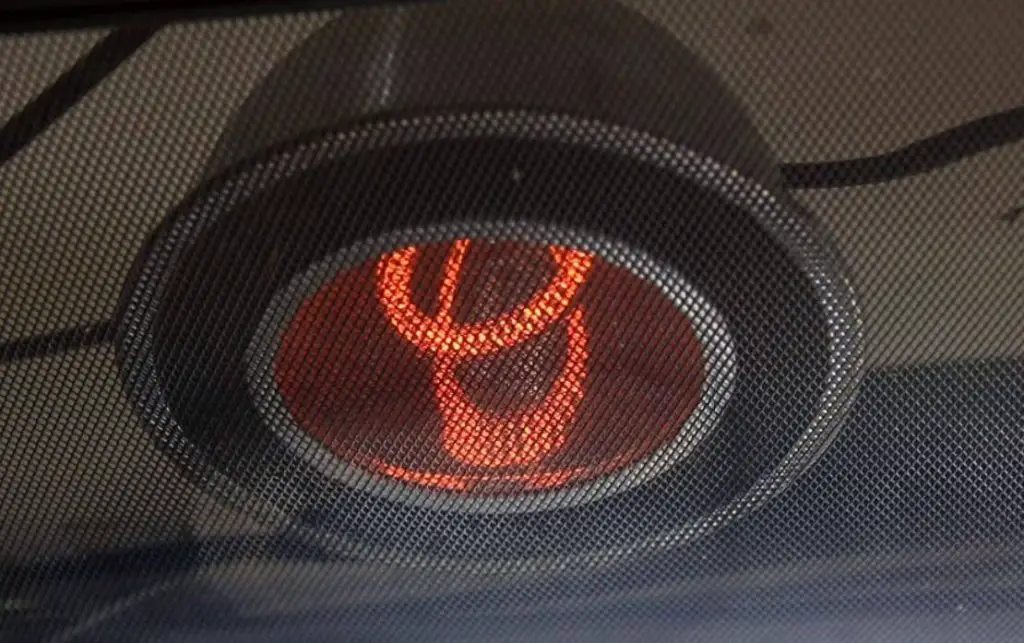
How Far Should the Light Be From Your Reptile?
You shouldn’t have problems with this as long as you don’t buy clamp lights that are too cheap. Cheap products often break quickly and won’t provide much stability when used in enclosures.
The bigger concern is making sure there isn’t too much distance between the reptile and the bulb, but this is something you can check by looking at your pet’s behavior.
If they seem to be uncomfortable (laying in abnormal positions) or agitated, reduce the light intensity if possible until they relax.
Conclusion
The reptile light clamp is a handy tool for any reptile keeper.
It can be used to keep the light in one position when you need it and make sure that your pet’s enclosure stays lit even during power outages.
We hope this post has been helpful to anyone who needs a little help using their new clamp!
If you have any questions or comments, please don’t hesitate to contact us.
Further Reading:
- 7 Best Lighting for Chameleons
- 9 Best Heat Lamps for Bearded Dragon
- 5 Best Bearded Dragon Lighting Setups
- Best UVB Bulbs for Sulcata Tortoise

